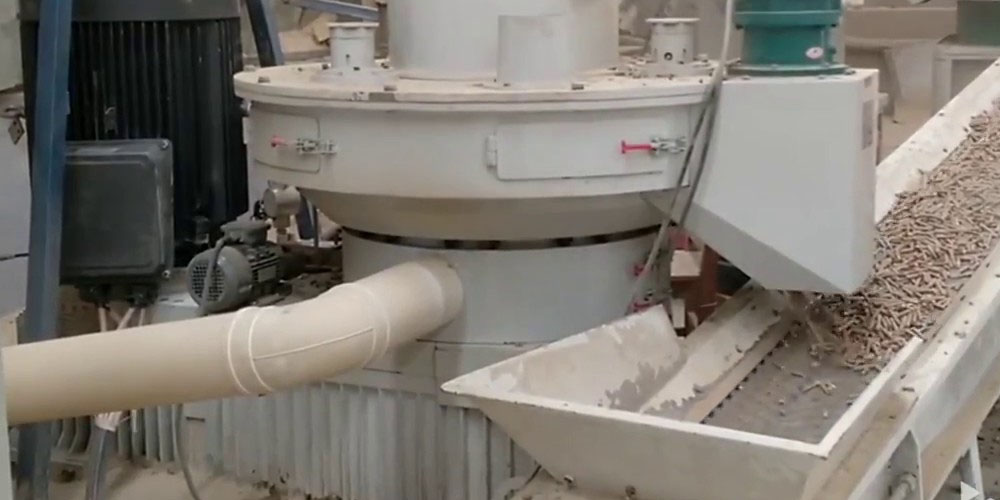A Guide For The Performance Of Wood Pellet Machines
A wood pellet machine is a device used to transform wood wastes into fuel or animal feed. The machines can be applied in factories or homes, but the use depends on the needs and machine type. Click here to read more about these devices. This post looks at how a wood pellet machine works.
How does a wood pellet mill work?
The following is a step by step guide for how a wood pellet mill operates;
Step 1: Preparing the raw materials
The first step of the process is gathering and preparing the raw materials. The raw materials may differ depending on the type of end product you wish to get and its purpose. In most cases, you may have to adjust the length of the raw material to one that is suitable for the process. You may also have to adjust the moisture content of the raw materials. More often than not, you may also have to mix the raw materials. This is when you are using more than one raw material. In such a case, you have to ensure that the raw materials are uniformly and correctly mixed before starting the rest of the process. Note that this step of the process is essential because it could affect the outcome of the rest of the process.
Step 2: Feeding the raw materials
The next step of the process is feeding the raw materials into the pellet mill. This is usually done through the hopper. The hopper is a container designed for receiving the feedstock or the raw material. The hopper is also used as a reservoir for raw materials. It stores a sustainable amount of raw material to flow throughout the pellet-making process efficiently.
Step 3: transforming the raw materials into pellets
This is the most complex part of the process. Regardless, it is quite easy to understand and does not take a lot of time. Once the raw materials are fed into the machine through the hopper, the machine is started by running the motors. This causes the rollers to rotate around the roller shaft. The rotation causes a strong pressure that forces the raw materials into the die holes.
The raw materials are then molded into holes and squeezed out of the holes. From here, they become solid cylinders. The strong friction between the rollers and the die causes an increase in temperature within the machine. This causes the adhesive force of the produced materials. From here, the pellets are formed.
Step 4: cutting
Once the pellets are formed, they are passed through the slicers. Here, they are sliced to certain lengths depending on the manufacturer and the desired outcome.
Step 5: Sieving the pellets
The next part of the process is the sieving of the pellets. The role of this step is to remove the fines and other unqualified products. This helps purify and improve the quality of the final products.
Step 6: Cooling
The cooling process is often combined with the sieving process. This is where the particles are cooled into a solid form. This step is only done once the size and structure of the pellets have qualified to reach this part of the process.
Final word
This is the final step of the functioning of wood pellet machines. Here, the pellets and powdered materials are packed in small bags depending on their quantity and the manufacturer’s needs. This step of the process also involves weighing the packed products before they are sealed.

Don
Don is a writer, editor, and content strategist who helps businesses communicate their messages clearly and effectively. With more than 10 years of experience in the publishing industry, Don has a deep understanding of what makes good content great. He is an expert at developing and executing content marketing plans, and his work has been featured in leading publications such as Forbes, Entrepreneur, and The Huffington Post. When he's not writing or editing, Don enjoys spending time with his wife and two young children.